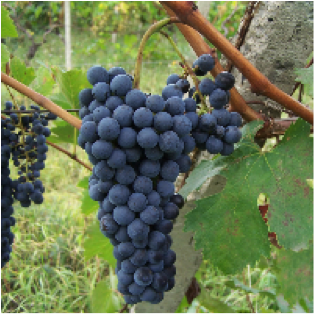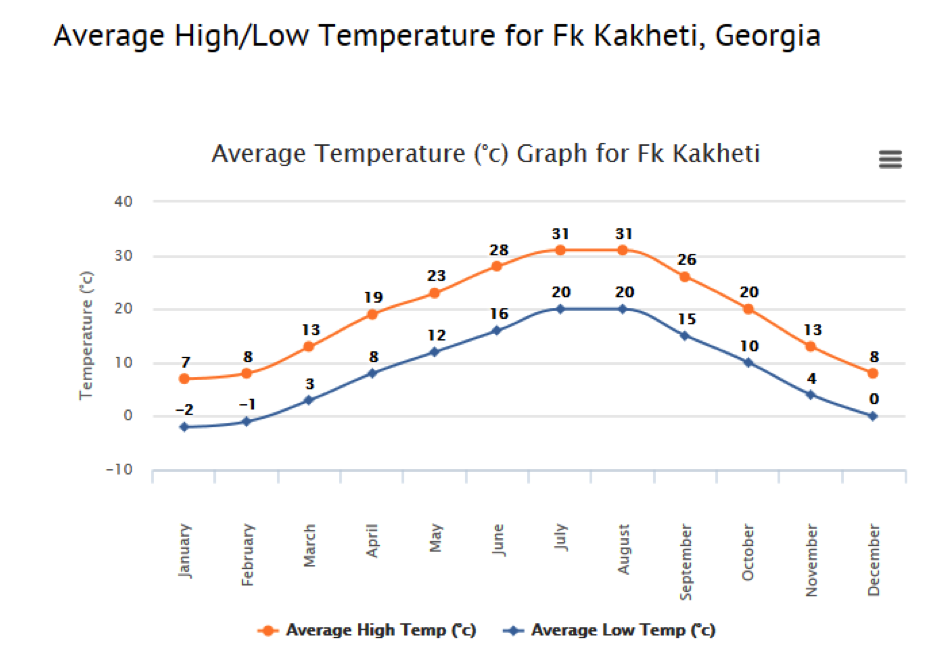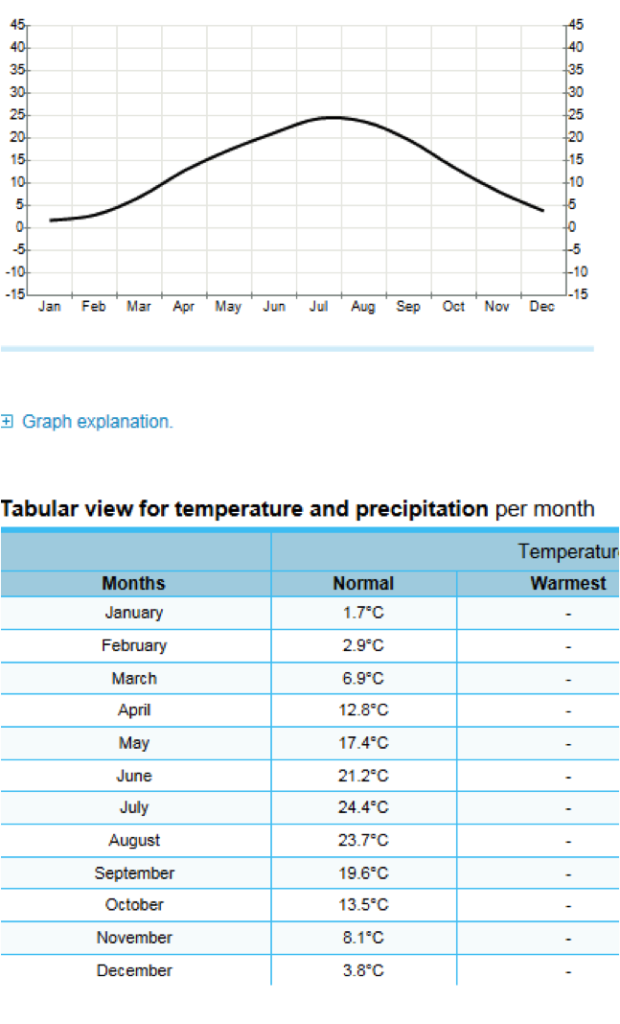
Shavkapito – Coming Soon to a vineyard near you
The inaugural Sponsor-A-Variety has been selected – and the winner is Shavkapito which was nominated by Anna Hooper. Not heard of it? Neither had we. But read on to see Anna’s application which piqued our interest and hopefully yours too…
Shavkapito
Nominated by Anna Hooper
I am head winemaker at Cape Jaffa Wines in Mt Benson where we produce wines from our own certified biodynamic vineyard and also partner with like-minded growers all over the Limestone Coast. Throughout my career I have respected the importance of the vineyard in creating balanced wines and I spend just as much time in the vineyard as the winery.
My winemaking has been shaped by my passion for travel and a will to be individual in the wines I create. I love to push the boundaries and produce wines with natural balance using both modern and old vinification ideas. Experimentation is not only a passion for me but I see it as an integral part of market differentiation in a small business. I would love to be the first producer to trial a new variety.
background
In 2014 I spent two months in Georgia EU, home to over 500 grape varieties. As well as working at both Pheasant’s Tear and Schuchmann Wines, I travelled all over the country tasting many different varieties. I also visited the Georgian Wine Association trial vineyard where more than 500 indigenous Vitis vinifera winegrape varieties are grown in trial rows.
As a finished wine, Shavkapito stood out for its aromatic qualities on the nose, its liveliness, and the fact that it is can produce a light – medium bodied style with character.
In the vineyards, the variety tends to have loose bunches with medium in sized berries and thick skins.
prime name and synonyms:
Prime Name: Shavkapito.
Synonyms: Shavi Kapito, Lurjpotola.Sahvkapito
wine style(s) produced
Shavkapito is a red variety. The variety is known to be reflective of it terrior and produces a range of styles. When grown in certain climates it can create a light and fresh aromatic style of red, however in warmer areas tends to be more full-bodied[1].
There is only a very small area of the variety planted in Georgia and two producers, Chateau Mukhrani and Pheasant’s Tears. Both make a medium bodied style displaying different characters. The Mukhrani is aged in oak but still shows bright and floral aromatics whereas the Pheasant’s Tears is made in Qvevri with very low Sulphur. It has bright ripe raspberry aromas and the classic natural wine ‘alive’ character.
Simon Woolf of The Morning Claret wholeheartedly agrees with my fondness of this variety claiming to have ‘fallen in love’ with it in an article published after his visit to Georgia in 2012[2]. He describes Shavkapito as ‘naturally low in alcohol (The Muhkrani example is 12%, Pheasant’s Tears 12.5%), and soft-textured, making it terrifically easy to drink and really quite moreish’.
According to master of wine Jancis Robinson, Shavkapito produces ‘red-fruited wine with a smoky flavour, even without the influence of oak’[3].
market opportunity both domestically and internationally
Shavkapito is a catchy name and is one of the very few Georgian varieties that is pronounced as it is spelt. It has a tremendous point of difference from many Australian imports in its Eastern European origin, its bright characterful flavours and its light to medium palate weight.
There is a growing interest in lighter bodied, food friendly red wines in Australia yet few varieties that can produce such a style at the same time as maintaining a degree of individuality. I believe that Shavkapito might just fill this gap.
climatic suitability
There are only 10 hectares of this variety in Georgia, all in the Kartli region of Kakheti. In these areas, the variety’s sugar concentration coincides most closely with Saperavi and harvest dates range from 17th September and 21st October [4] at approximately 12.5 baume. The harvest data (appendix 1) shows a tendency for the variety to be higher in sugar in a warm year and lower in sugar in a cooler year when compared to other varieties. This might suggest that the variety is low in plasticity and well suited to a more forgiving maritime climate such as Australia.
The climate in Kartli is very continental with warm to hot Summers (MJT 24.4⁰C) and very cold Winters. According to mean July/January temperature, Mildura (24.2⁰C) is Australia’s closest homoclime however it’s well worth noting that Georgia is much more continental than any Australian region, and for this reason, it is difficult to make assumptions on MJT alone. Unfortunately data such as heat degree days was unavailable. The later ripening dates compared to inland Australia suggest that this variety might also be well suited to cooler climates near the coast. With maritime climates being less limited by seasonal extremes, and hence allowing a wider spread of viticulture [5], this variety should do well in a range of Australian climates.
With its thick skins and loose bunches, the variety is expected to be disease resistant in a range of climates (according to conversations with winemaker, LadoUzunashvili while in Georgia).
Source: http://www.worldweatheronline.com/football/fk-kakheti-weather-averages/ge.aspx
Average Temperature per month ⁰C
MJT: 24.4 ⁰C [6]
Source: http://www.yr.no/place/Georgia/Kakheti/T’elavi/statistics.html
adaptability to a changing climate
Anecdotally, I have been told that Shavkapito is not particularly heat resistant in Georgia however the majority of this country is dry-grown so their experience is not necessarily indicative of how the variety would perform in Australia under irrigation. Kakheti has a continental climate so although all varieties ripen late in the season, personal experience picking in 40⁰C, as well as the attached weather data show that the daytime maximums can reach high extremes in Shavkapito’s homeland. The variety’s thick skins[7] could assist in buffering against such heat.
sources of propagation material and health status
I understand that the Georgian wine Association[8] (http://www.gwa.ge/?32/) can provide planting material. Their website contains the following information about the variety.

benchmark producers of the variety and domestic availability of wines
Chateau Mukhrani
Pheasant’s Tears
Appendix 1
Sugar concentration at Harvest 2007 to 2013
| No: | 2007 | Variety | Sugar Levels, g/L |
| 001 | 1/10/2007 | Sauvignon Blanc | 216 |
| 002 | 2/10/2007 | Chardonnay | 222 |
| 004 | 5/10/2007 | Shavkapito | 208 |
| 006 | 7/10/2007 | Saperavi | 241 |
| 007 | 8/10/2007 | Saperavi | 243 |
| 008 | 9/10/2007 | Saperavi | 246 |
| 009 | 12/10/2007 | Saperavi | 216 |
| 010 | 13/10/2007 | Saperavi | 217 |
| 011 | 14/10/2007 | Saperavi | 215 |
| 014 | 19/10/2007 | Cabernet | 201 |
| 015 | 20/10/2007 | Nero D’Avola | 200 |
| 016 | 21/10/2007 | Saperavi | 211 |
| No: | 2008 | Variety | Sugar g/L |
| 001 | 6/09/2008 | Sauvignon Blanc | 198 |
| 002 | 2/10/2008 | Chardonnay | 231 |
| 005 | 10/10/2008 | Saperavi (GH) | 218 |
| 008 | 15/10/2008 | Shavkapito | 208 |
| 009 | 15/10/2008 | Saperavi (I) | 220 |
| 010 | 16/10/2008 | Saperavi (I) | 220 |
| 011 | 17/10/2008 | Saperavi (I) | 208 |
| 012 | 18/10/2008 | Saperavi (III) | 210 |
| 013 | 19/10/2008 | Saperavi (III) | 213 |
| 014 | 19/10/2008 | Nero D’Avola | 203 |
| 018 | 29/10/2008 | Cabernet Sauvignon(GH) | 208 |
| 019 | 29/10/2008 | Cabernet Sauvignon | 212 |
| 020 | 29/10/2008 | Petit Verdot | 205 |
| No: | 2009 | Variety | Sugar g/L |
| 001 | 24.09.09. | Sauvignon Blanc | 210 |
| 002 | 02.10.09 | Chardonnay | 210 |
| 006 | 10/10/2009 | Saperavi (II) | 213 |
| 007 | 19/10/2009 | Saperavi (I) | 203 |
| 008 | 20/10/2009 | Saperavi (I) | 205 |
| 009 | 21/10/2009 | Shavkapito | 210 |
| 011 | 26/10/2009 | Cabernet Sauvignon | 210 |
| 012 | 26/10/2009 | Petit Verdot | 210 |
| No: | 2010 | Variety | Sugar g/L |
| 002 | 17/09/2010 | Chardonnay | 215.5 |
| 004 | 7/10/2010 | Saperavi | 214 |
| 005 | 11/10/2010 | Saperavi | 216 |
| 006 | 12/10/2010 | Saperavi | 215 |
| 007 | 12/10/2010 | Cabernet Sauvignon | 212 |
| 008 | 13/10/2010 | Cabernet Sauvignon | 211 |
| 009 | 13/10/2010 | Saperavi | 217 |
| 010 | 13/10/2010 | Shavkapito | 225 |
| 012 | 13/10/2010 | Petit Verdot | 191 |
| No: | 2011 | Variety | Sugar g/L |
| 1 | 5/09/2011 | Chardonnay | 177 |
| 2 | 19/09/2011 | Chardonnay | 216 |
| 3 | 29/09/2011 | Shavkapito | 218 |
| 4 | 12/10/2011 | Saperavi | 208 |
| 5 | 18/10/2011 | Saperavi | 212 |
| 6 | 19/10/2011 | Saperavi | 212 |
| 8 | 21/10/2011 | Cabernet | 203 |
| 10 | 21/10/2011 | Pertit Verdot | 196 |
| No: | 2012 | Variety | Sugar g/L |
| 2 | 21/08/2012 | Chardonnay | 210 |
| 3 | 17/09/2012 | Shavkapito | 234 |
| 8 | 27/09/2012 | Cabernet Sauvignon | 204 |
| 11 | 04/14-10-2012 | Petit Verdot | 183 |
| 12 | 16/10/2012 | Saperavi | 217 |
| 14 | 23/10/2012 | Petit Verdot | 178 |
| No: | 2013 | Variety | Sugar g/L |
| 1 | 17/09/2013 | Shavkapito | 229 |
| 2 | 24/09/2013 | Chardonnay | 217 |
| 3 | 12-15.09.2013 | Saperavi | 215 |
| 7 | 21/10/2013 | Cabernet Sauvignon | 197 |
| 8 | 21/10/2013 | Cabernet Sauvignon | 197 |
[1] http://georgianwine.gov.ge/eng/text/126/
[2] http://www.themorningclaret.com/2013/chateau-muhkrani-shavkapito/
[3] http://www.scmp.com/magazines/post-magazine/food-drink/article/1886345/three-outstanding-wines-georgia
[4] Chateau Mukhrani Grape reception book, 2007 to 2013 (appendix 1)
[5] Gladstones, J (2011) Wine, Terroir and Climate Change, Wakefield Press, 2015reprint
[7] Robinson, J., Harding, J. And Vouillamoz, J (2012) Wine Grapes A complete Guide to 1368 vine varieties including their origins and flavours, Penguin Books Ltd
[8] http://www.gwa.ge/?32/

































